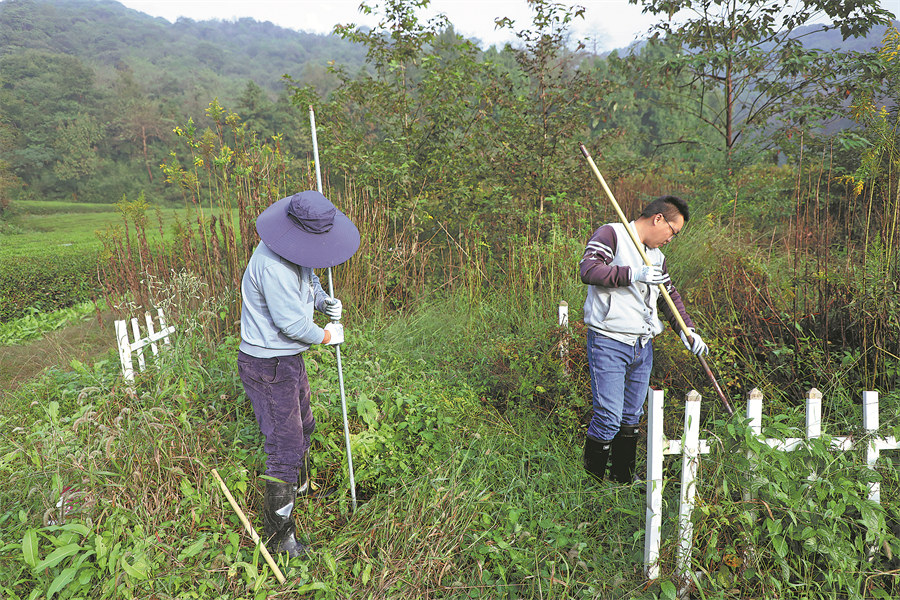中国日报 2025-10-10 17:40:34

Archaeologists uncover an additional site in Zhejiang, revealing exile, ritual and the dynasty's reluctant permanence, Yang Feiyue reports.
An hour and a half's drive southeast from the bustling heart of Hangzhou, the urban landscape gives way to a quiet, hilly terrain carpeted with tea fields.
To the untrained eye, it is merely a scenic vista in Fusheng town, Shaoxing, in eastern Zhejiang province. Yet, beneath these verdant rows lies one of the most significant archaeological secrets in southern China — the Six Mausoleums of the Song Dynasty (960-1279).
They were the final resting place of the Southern Song Dynasty (1127-1279) emperors and empresses.
The tomb cluster, now tucked away among a vast, serene landscape of green tea bushes in the town, tells a story of exile, impermanence and a profound psychological shift that shaped the final century of an empire.
责编:田梦瑶
一审:田梦瑶
二审:秦慧英
三审:张权
来源:中国日报
我要问



 下载APP
下载APP 报料
报料 关于
关于
 湘公网安备 43010502000374号
湘公网安备 43010502000374号